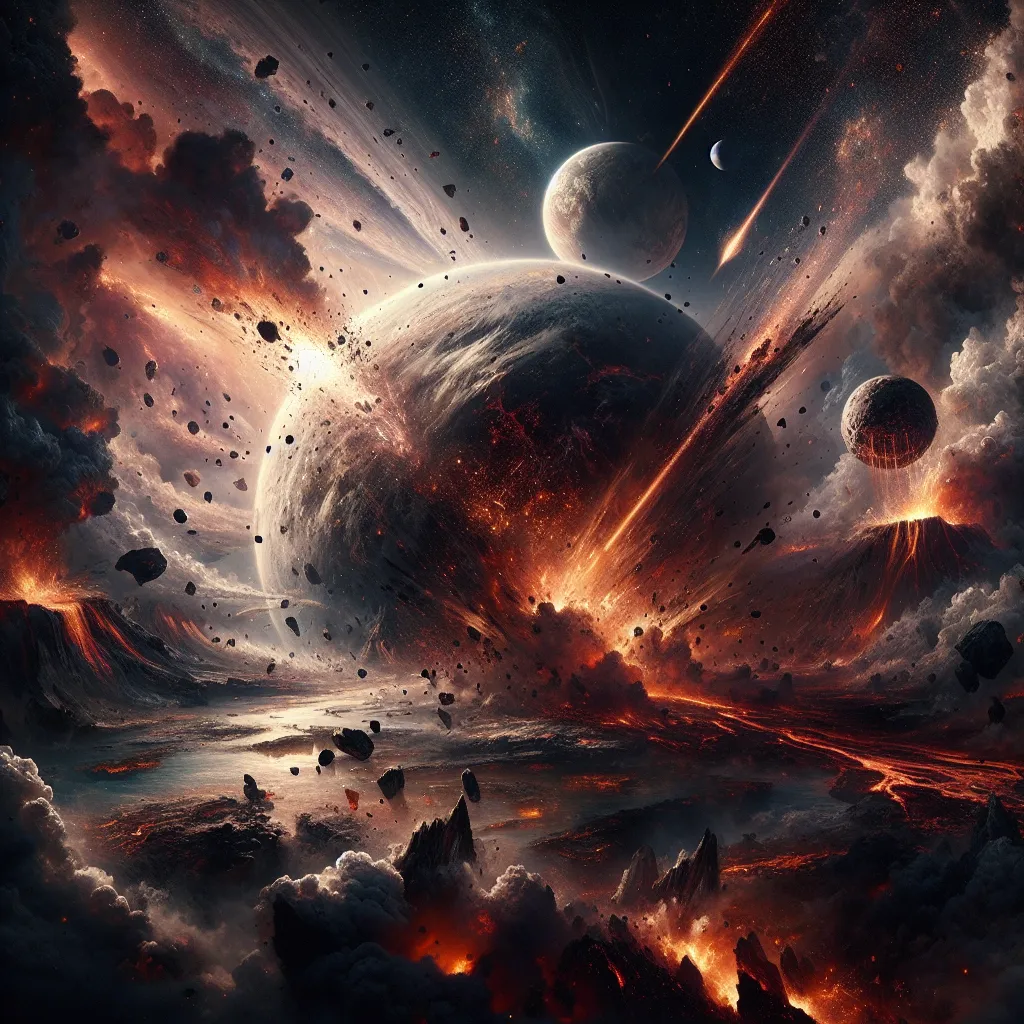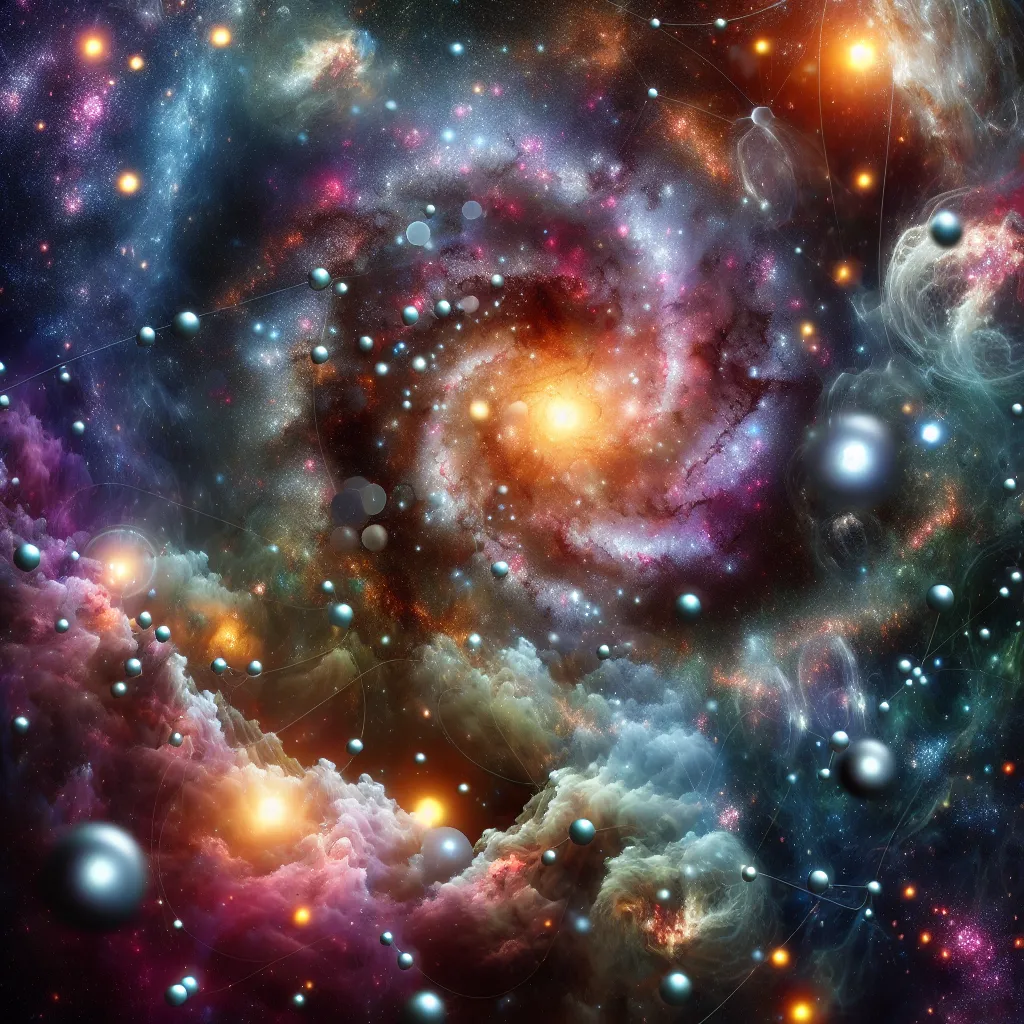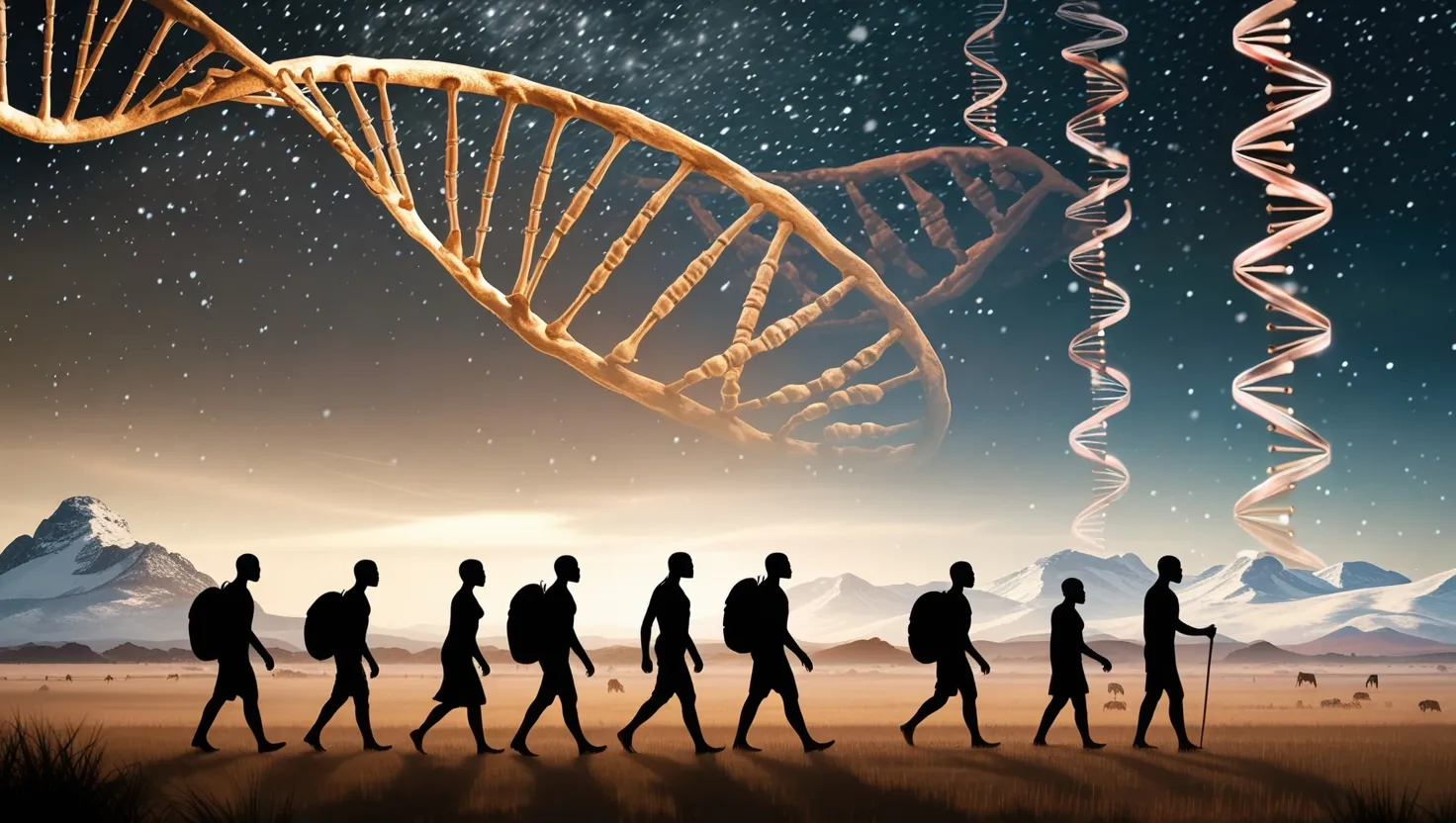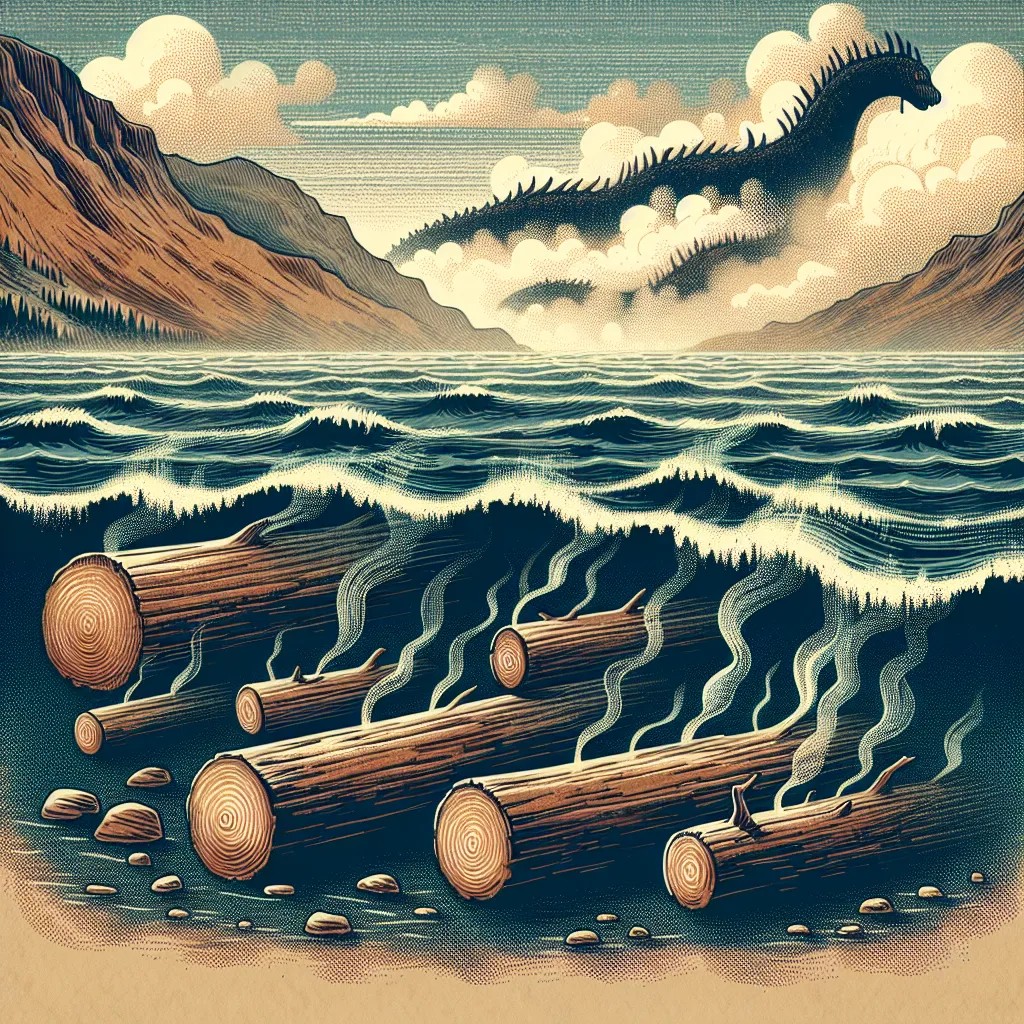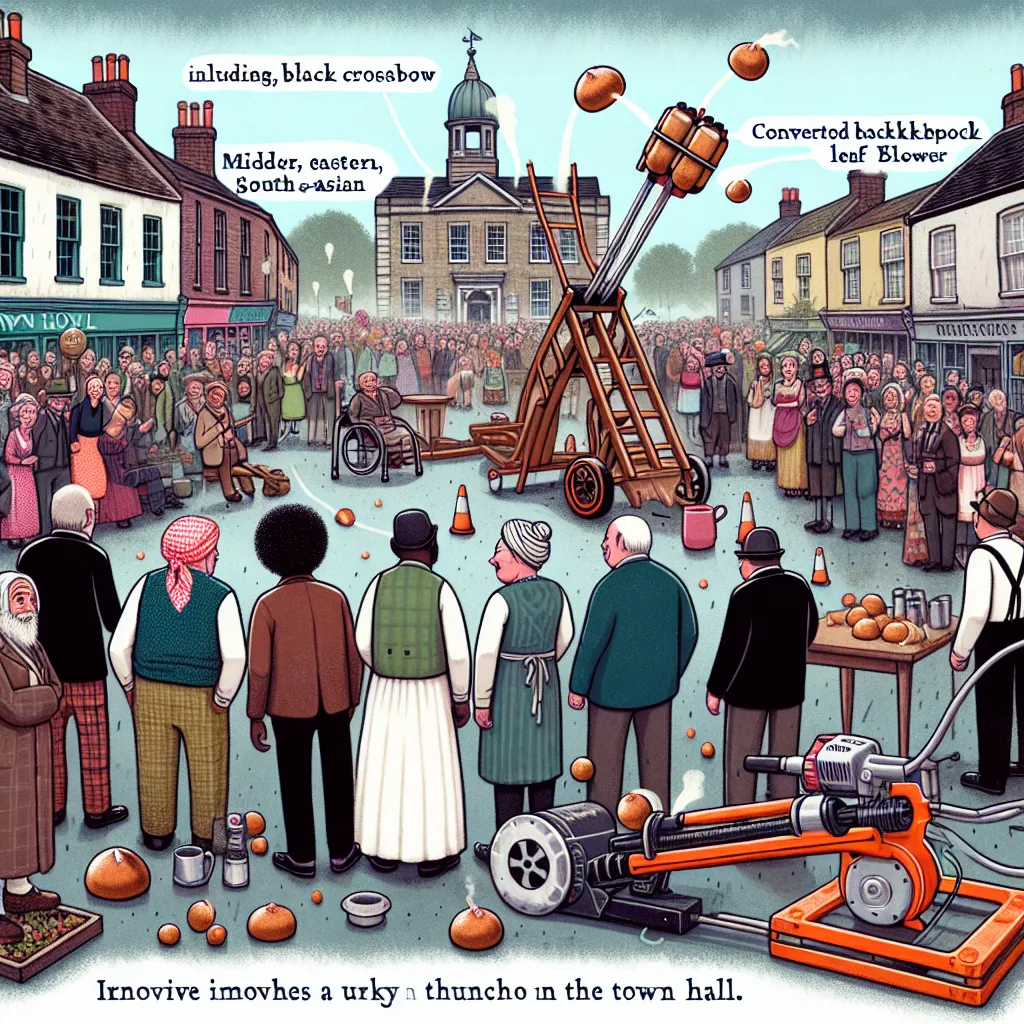Earth’s history is a whirlwind of cosmic events that shaped our existence. Cataclysms, or disasters that brush life with near destruction, are a part of our planet’s story. Most species have vanished forever, and yet, we owe our presence to these impactful moments.
Imagine, just after Earth was formed, it had a chaotic encounter with another planet. This cosmic collision almost obliterated our world but instead, it set the stage for life. Our planet, around 4.5 billion years old, has stumbled from one disaster to another. Compress Earth’s violent history into a 24-hour day: the clock starts at midnight, and disaster strikes soon after.
In the early solar system, Earth wasn’t alone. Circling our new sun with twenty infant planets, Earth was a hellscape: no water, no oxygen, just toxic volcanic gases. Out of nowhere, a collision of epic proportions occurred as another infant planet smashed into Earth. The impact was so catastrophic it could have destroyed our planet but instead initiated the transformation leading to the birth of life itself.
For understanding this monumental event, astronomers like Bill Hartman turned to neighboring planets like Mercury and Mars. These planets, marked by impact craters, offer a window to Earth’s early days, showing us a violent period dominated by cosmic debris, with asteroids and comets bombarding young planets. These impacts, especially the larger ones, influenced the planets dramatically, including Earth’s tilt and the formation of our moon.
Hartman proposed that an impact with a Mars-sized body named Thea could explain Earth’s tilt and the existence of the moon. His idea, initially controversial, gained traction when lunar samples from NASA’s Apollo missions revealed similarities between moon rocks and Earth’s crust. This was a big win for Hartman’s theory. Robin Canup’s computer models further validated this idea, showing how a collision could perfectly match the current Earth-Moon system.
The colossal collision didn’t just reshape the Earth; it also calmed our planet. Tidal friction from the moon’s gravitational pull slowed Earth’s rotation, leading to longer days and calmer seas, ideal for forming the building blocks of life. This eventually allowed life to flourish as nutrient-rich seas provided a primordial soup, creating amino acids and proteins essential for life.
Billions of years later, some bacteria evolved photosynthesis, pumping oxygen into the oceans and the atmosphere, paving the way for complex life. This process was a double-edged sword, wiping out oxygen-intolerant species but allowing survivors to flourish, leading to the evolution of all complex organisms, including us.
These insights paint a picture of luck and chance. Multiple catastrophic events created our habitable world. A colossal impact that nearly destroyed Earth gave us the moon and life-extending tides. Each catastrophic event played a crucial role in our existence, demonstrating that without these disasters, life as we know it wouldn’t exist. These unique, random events underscore the idea that sometimes, new beginnings are born out of catastrophe, highlighting how truly fortunate we are to be here.
